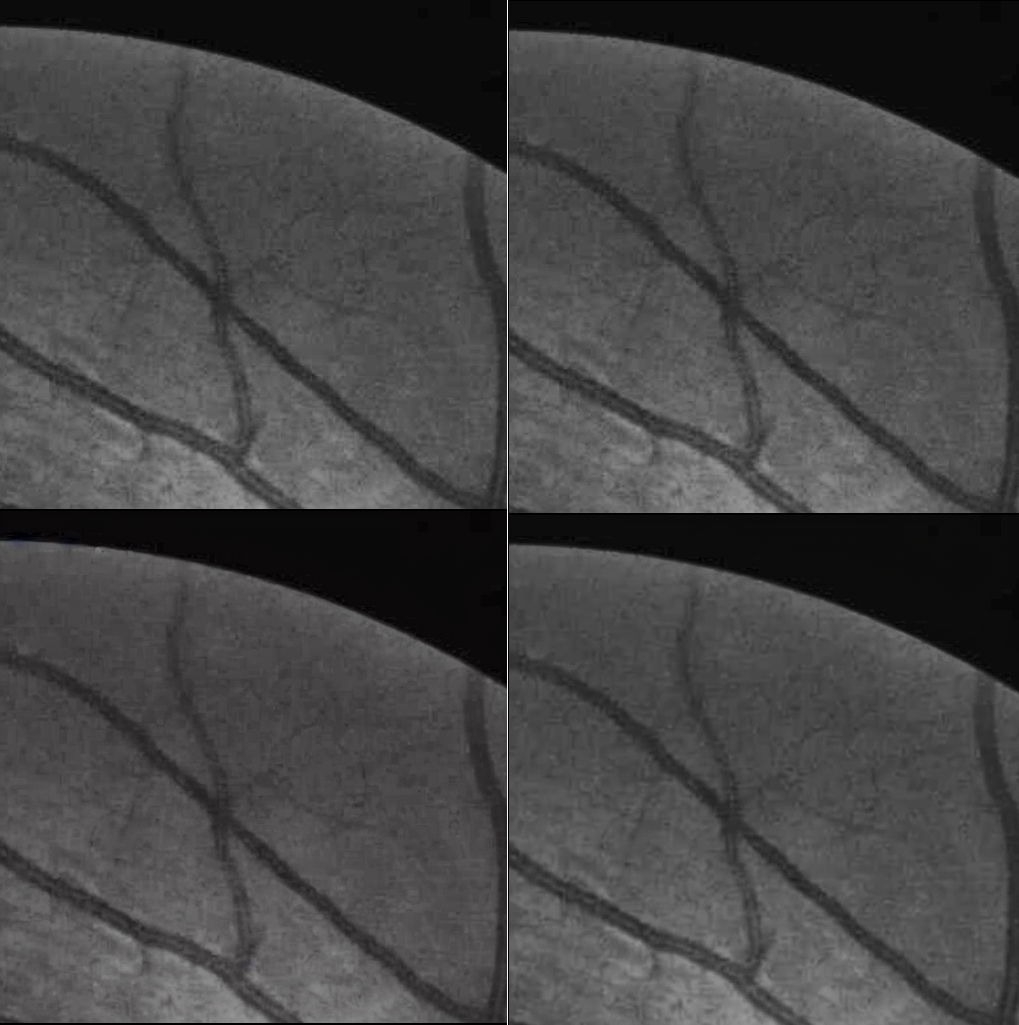Fine-Tune Stable Diffusion Auto-Encoder
In a recent project, we (my coauthor and myself) needed to train a denoising diffusion bridge model on 512x512x3 patches taken from 2048x2048 fundus images of human eyes. As GPU memory requirements for training a diffusion model such high resolutions with a U-NET backbone is prohibitive, scaling quadratically with image resolution, we turned to latent space diffusion models. In particular, we wished to use a fine-tuned version of the auto-encoder from Stable Diffusion. Unfortunately, it was somewhat of a lengthy process finding exactly what training parameters worked well for fine-tuning Stable Diffusions VAE, or a short guild with training scripts. To address this, I have written this short article and accompanying github repo, which is based on material from capecape and cccntu.
Overview
Stable Diffusion (v1-4), as developed by stability.ai, is a latent space diffusion model based primarily on the works (Vahdat et al., 2021; Rombach et al., 2022; Blattmann et al., 2023), which seek to both improve the efficacy of training high resolution diffusion models as well as overcome the loss in generated image quality from the use of the Variational Autoencoder employed during training.
Stable Diffusion is commonly used as a base line model for testing newly developed sampling techniques as (1) its ordinarily capable of generating high quality images on a wide verity of subjects, and (2) its code is open source github-CompVis, github-Stability-AI with numerous pre-trained checkpoints trained over huge datasets, which are practically infeasible to replicate at an individual scale, made easily available.
However, despite all the data these models have been trained on it is not guaranteed to perform well on any given task; e.g., generating (or just encoding) medical images such as x-rays. To counter act this, researchers (and practitioners) typically fine-tune – running a few additional training steps – the model on some additional examples for the problem being considered. It is important, to ensure consistent results, when fine-tuning a model to select similar training parameters (e.g., the loss used, the step size, etc.) to those used when the model was initially trained; otherwise, training might fail or the performance of the model may degrade when applied outside of this new data (generalization performance decreases).
In an effort to save fellow researchers time, I provide a selection of training parameters – which I have found to work well – and a complete training script for fine-tuning Stable Diffusion (v1-4)’s variational auto-encoder.
Fine-tuning the Model
The complete repository for fine-tuning can be found at github. Consult the ‘README.md’ for general usage.
Here is a side-by-side example of 512x512x3 image patch from the Fives dataset and corresponding reconstruction after being passed through the VAE before and after 10k fine-tuning steps. While the two reconstructions (bottom images) appear quite similar, there is some artifacts along the edge of the first and along the vasculature that aren’t as present in the second image. These differences might appear minor, but are significant enough to impact model performance when evaluated under Fréchet inception distance (FID).

References
2023
2022
2021
Enjoy Reading This Article?
Here are some more articles you might like to read next: